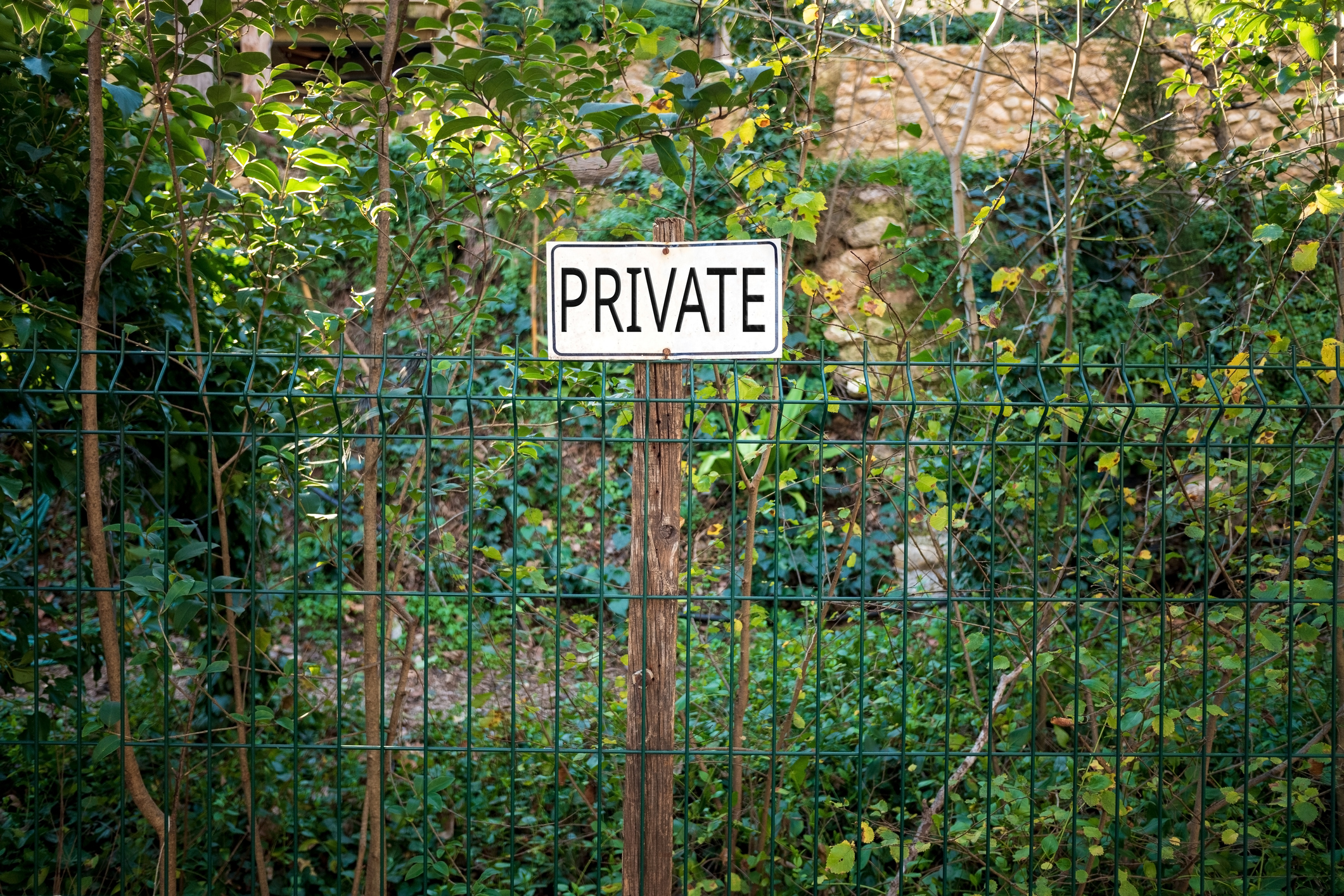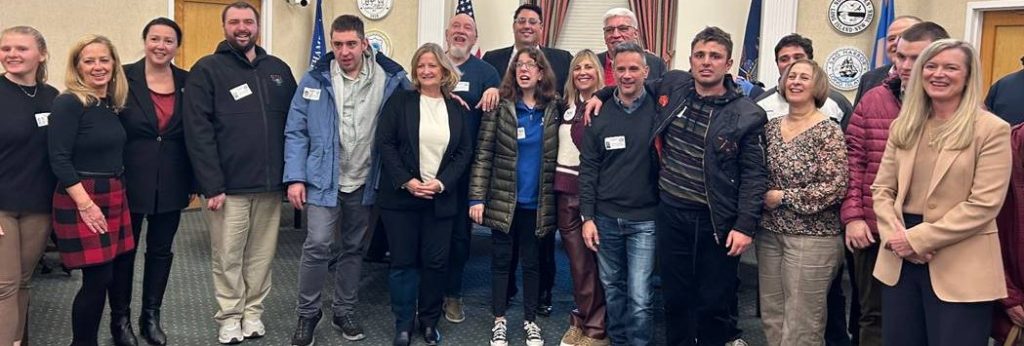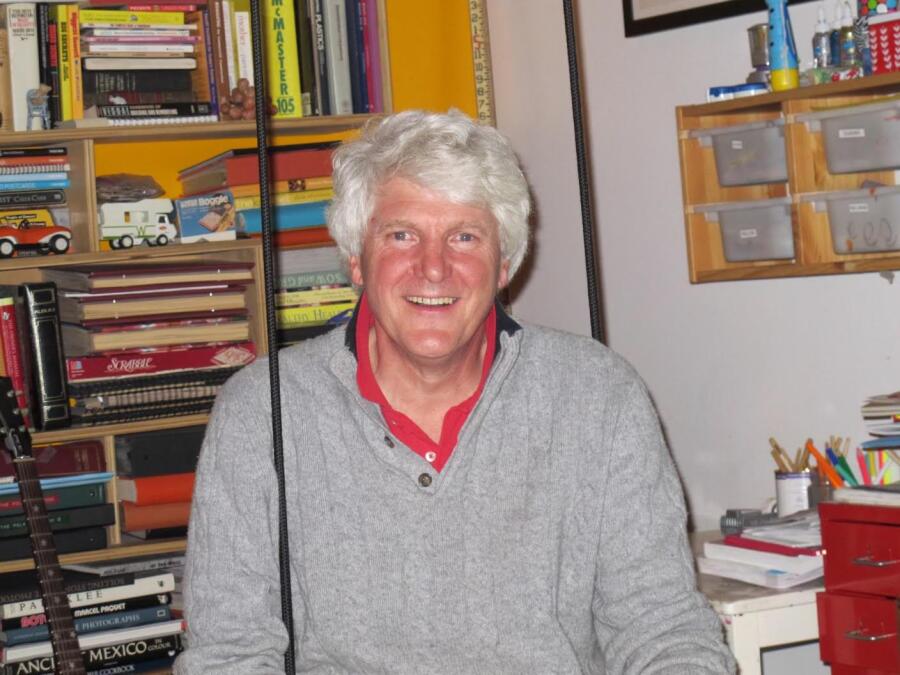Backstory: How Barry Trupin & His Castle Were Driven Out of Southampton

For nearly 100 years, many members of the New York City Social Set lived in a special oceanfront conclave in Southampton behind high hedgerows, a world apart from the so called riff-raff who lived in the rest of the East End communities. In real estate, these other folks were kept away from their lives by sales documents that prohibited the social set from selling properties to Black people, Jews and entertainers.
In 1974, all that came to an end with an auction of the old DuPont Estate on Meadow Lane to a buyer who hid behind a corporate veil. Who was he? A chain link fence went around the property. Armed guards were hired. Helicopters landed on the lawn delivering suits of armor, European paintings and, at one place, the makings of an aquarium which, when finished, would enable guests to swim with sharks.
When teenagers walking the beach coming home from a party late at night were stopped by the guards, one member of the Social Set took out a full page ad in The Southampton Press which loudly proclaimed, “we don’t want your kind here,” and then named the offending ethnic group. But the secrecy went on. All that was known was that the new owner was a man named Trupin who owned Rothschilds Investment Group and that he was building a turret high up on the building that would be a prayer room. He was spending millions. He’d have to go.
One day, I got a phone call from the owner of a bookstore in Southampton, Robert Keene.
“There was an older man in the store who had just published a book about the Southampton Silversmith Elias Pelletreau. He wanted to place his book near the register. His name was Sheldon Trupin. And he was the proud father of a wealthy younger man who had just bought a big property in town.”
“Same name.”
“Perhaps you should interview Sheldon about his book. He’s just retired to Florida. He’d owned a kitchen silverware company for years. Here’s Sheldon’s phone number.”
So I took him to lunch and learned all about kitchenware and his fascination with the early silversmith Elias Pelletreau. At the end of the meal, which we ate at a restaurant on Main Street, he told me about his wonderful son.”
Of course, I wrote two stories for Dan’s Papers. One about the book, and the other about Barry Trupin, the Rothschild millionaire who was building an outsized European castle for his wife Renee.
After my stories ran, the objections from the senior members of the Social Set got louder and louder. Eventually, the interviews and ads in The Press got way out of hand. The younger members of the Social Set were embarrassed by what their parents wanted to happen.
Another thing that happened was that Barry Trupin invited me and my wife to dinner at his partially completed castle. It was held in a tent on the back lawn between the castle and the beach, just outside a small former library wing that had been completely remodeled to become an English pub, with all the beams, bar stools and mirrors flown in from England at great expense.
But in the end, after two years of fighting in court, Barry Trupin, this Jewish person, gave up and left town.
He sold it for a song to Worldcom Director Francesco Galesi, who was acceptable, but then Galesi sold it to Calvin Klein 15 years further on, who tore the whole thing down and replaced it with a smaller glass and steel modern home that still stands today.
Klein, of course, is also Jewish. But times have changed and it’s all fine now.
Have a East End real estate story? Want to share? Text us at 516-527-3566. We’ll call you back, and then write it up for this weekly column. –Dan









